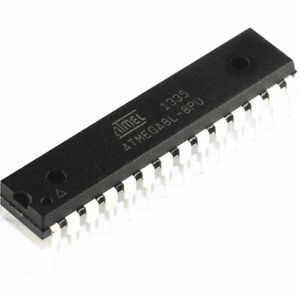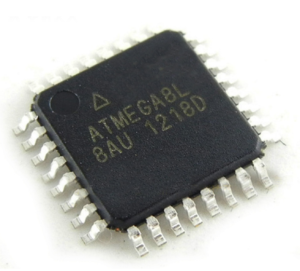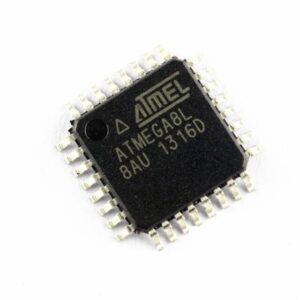Read AVR ATMEGA8L Microcontroller Protected Code needs to reverse engineering atmega8l mcu tamper resistance system and then retrieve embedded firmware from atmega8l microprocessor flash memory;

When this Oscillator is selected, start-up times are determined by the SUT Fuses as shown in Table 10. PB6 (XTAL1/TOSC1) and PB7(XTAL2/TOSC2) can be used as either general I/O pins or Timer Oscillator pins.
Writing the calibration byte to this address will trim the Internal Oscillator to remove process vari- ations from the Oscillator frequency. During Reset when extract atmega8l mcu flash firmware, the 1MHz calibration value which is located in the signature row High byte (address 0x00) is automatically loaded into the OSCCAL Register.

If the internal RC is used at other frequencies, the calibration values must be loaded manually. This can be done by first reading the signature row by a programmer, and then store the calibration values in the Flash or EEPROM. Then the value can be read by software and loaded into the OSCCAL Register by breaking off atmega8l mcu fuse bit. When OSCCAL is zero, the lowest available frequency is chosen. Writing non-zero values to this register will increase the frequency of the Internal Oscillator.

Writing 0xFF to the register gives the highest available frequency. The calibrated Oscillator is used to time EEPROM and Flash access. If EEPROM or Flash is written, do not calibrate to more than 10% above the nominal frequency. Otherwise, the EEPROM or Flash write may fail. Note that the Oscillator is intended for calibration to 1.0MHz, 2.0MHz, 4.0MHz, or 8.0MHz. Tun- ing to other values is not guaranteed, as indicated in Table 11.

